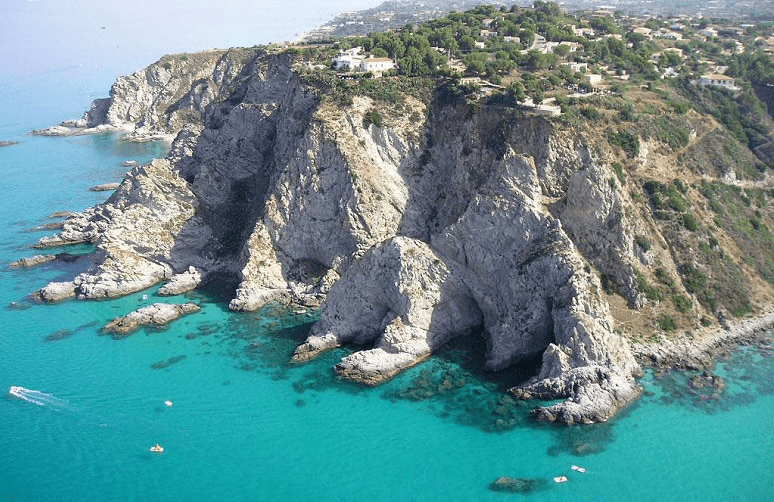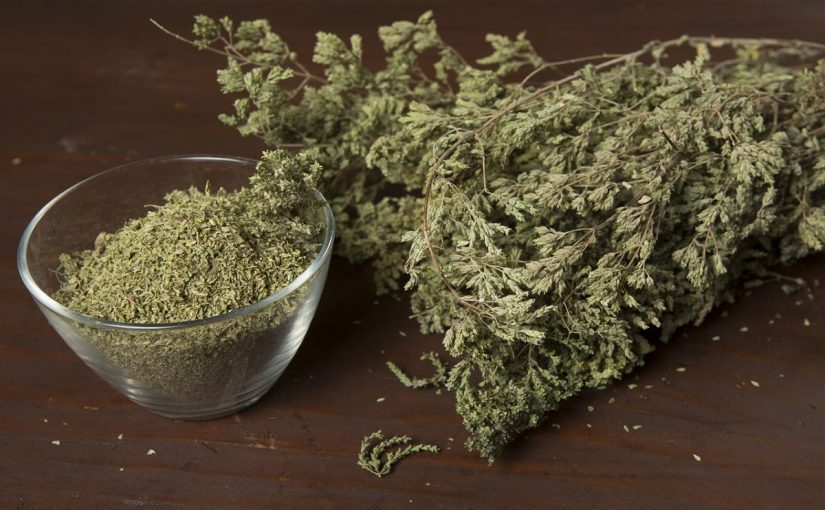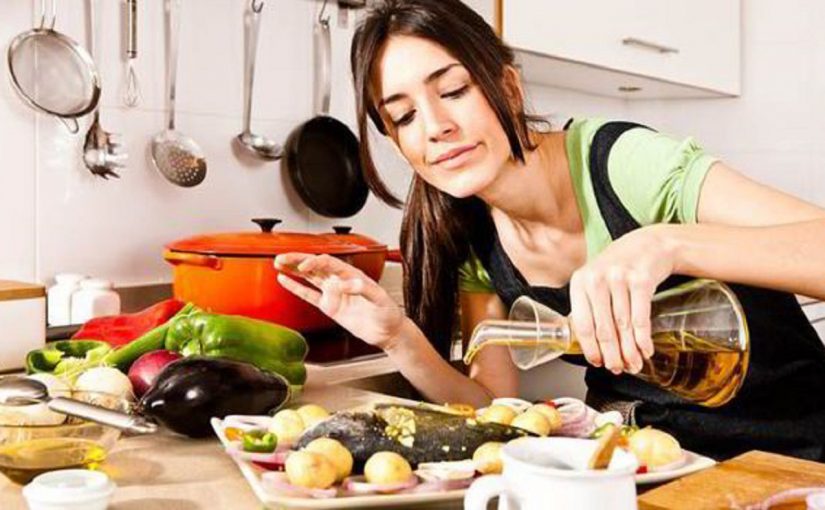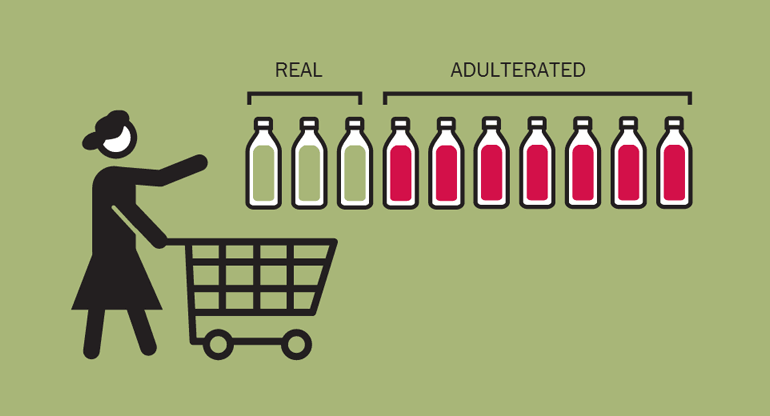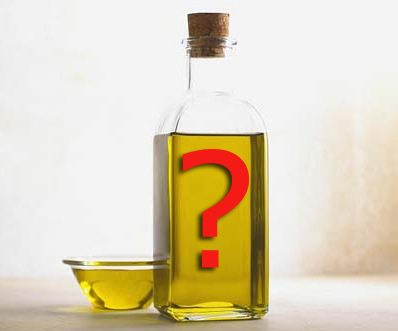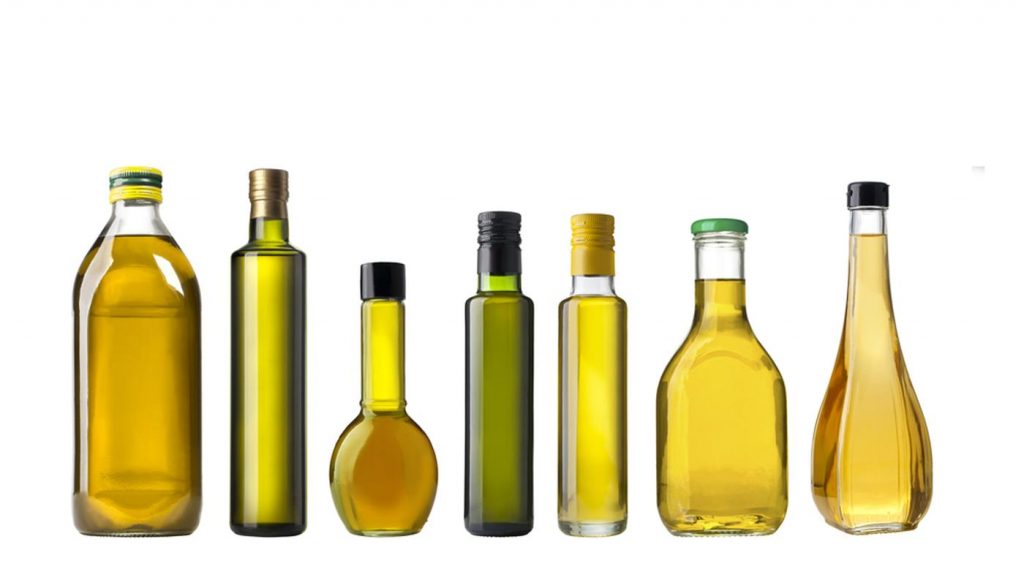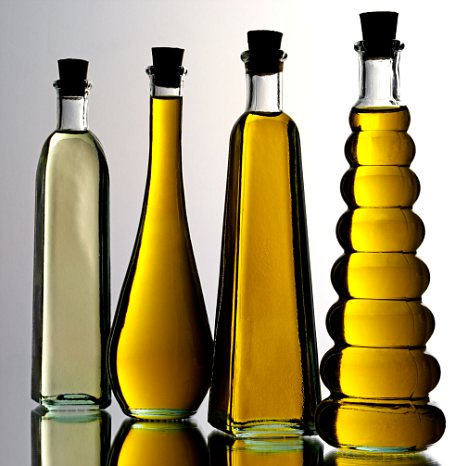27.6.2019
THE MORE WANTED BETWEEN 50 EXISTING TYPES
Origan, an aromatic plant belonging to the Lamiaceae family, is very common in the Mediterranean basin. It seems that there are more than 50 species, but the most sought after and used in the culinary field is the wild oregano that grows spontaneously under the Calabria sun, nearby the plateau of Mount Poro, a splendid place near to the major touristic attractions of Calabria: Capo Vatican and Tropea.
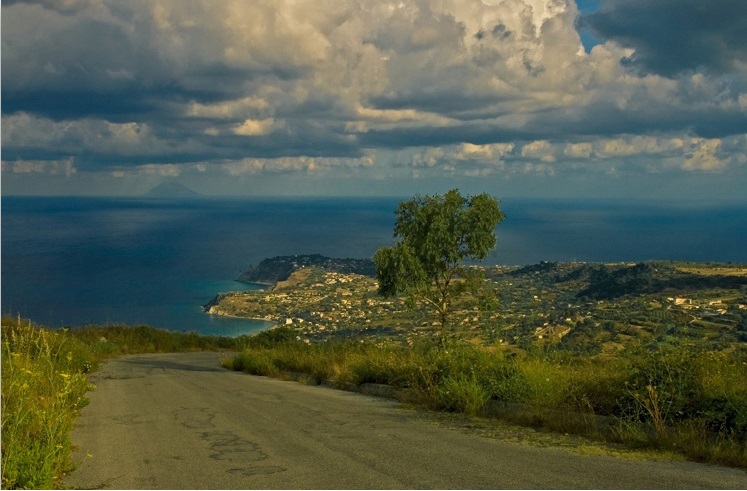
The word origan comes from the Greek “oros”, which means mountain and “ganos” which means splendor. Its meaning is, therefore, “mountain splendor”, and these two adjectives and qualities has been attributed to the plant for its grace and abundance of its flowers.
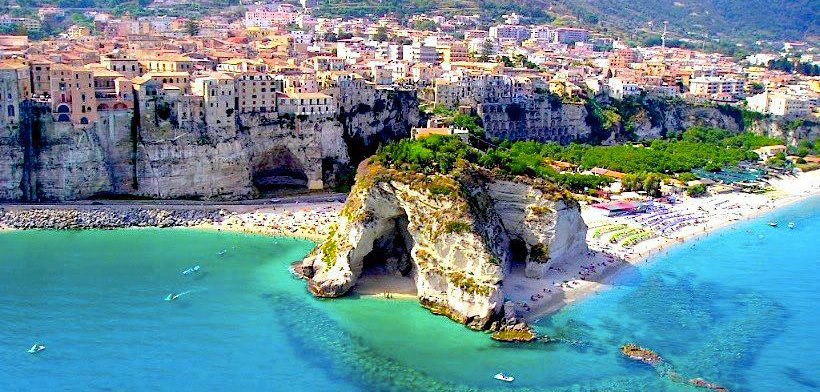
Origan is widely used in typical Calabrian recipes and is omnipresent in the cuisine like the Tropea onion inside tomato salads, which in summer are both one of the most common side dishes on Calabrian tables.
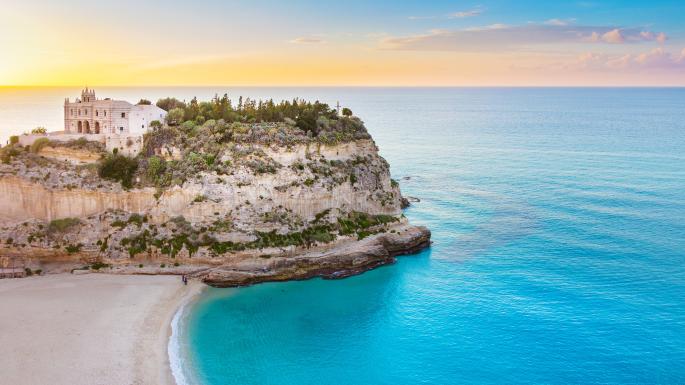
Origan is an aromatic plant very common in the Mediterranean basin. It seems that harvest for culinary aims began spontaneously since times of so called Magna Graecia under the Calabria sun, nearby the plateau of Mount Poro. Now, it is easy buying Origan in bunches in little shops in the major touristic attractions of Calabria: Capo Vatican and Tropea.
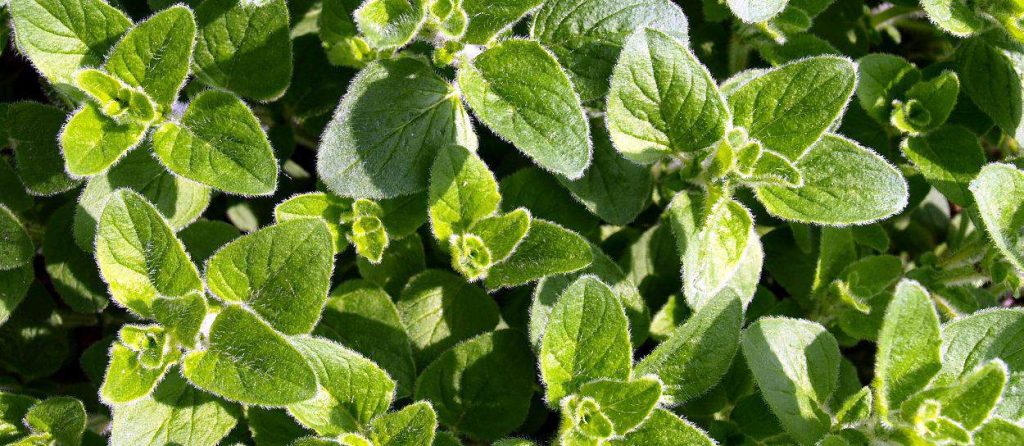
The origan comes from the mountains as the Greek “oros” tells. The plant is a sort of decoration for the mountain, this explains the term “ganos” (inside the name) which means splendor. Its meaning, “mountain splendor” recalls the grace and abundance of its flower heads.

Origan is omnipresent in typical Calabrian recipes, side dishes and sauces of Calabrian cuisine.
TECHNICAL FEATURES
In Calabria, origan is harvested mainly in June, when the plant flourishes. The typical Calabrian use requires drying immediately after harvest: after having formed some nice bunches, the herb should be dried upside down in a dry place away from the sun and stored in paper bags.
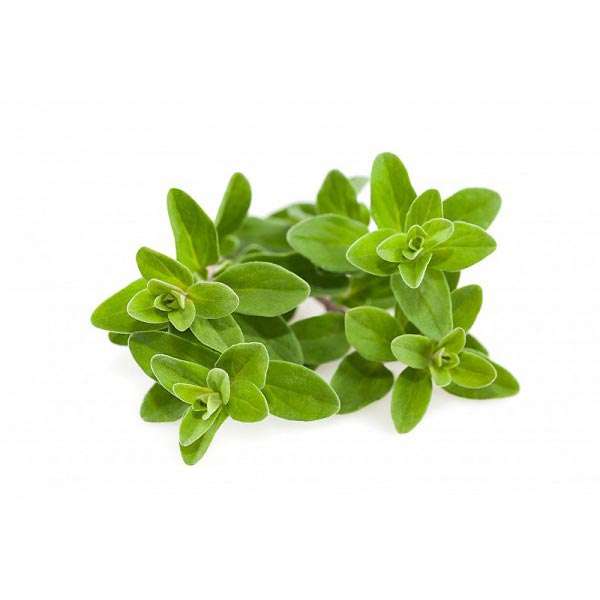
Unlike all other aromatic plants, origan is the only one to reach its maximum fragrance after drying.
Abundantly used in aromatherapy, its infusions are an excellent remedy for coughs and digestive disorders.
